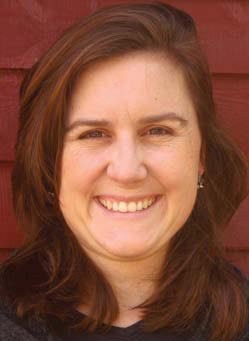Upstairs in the Northern Woodlands office hangs a copy of Charles Joseph Minard’s map depicting France’s 1812 invasion of Russia. It’s a remarkable work, both for the story that it tells and for the efficiency with which it organizes so much information.
In one image, you can see the Grande Armée’s movement and direction as it marches east to Moscow, lingers, then turns back again; you can track as well the dropping temperatures and dwindling ranks. Minard’s troop counts are low compared to some modern estimates, but the proportion of loss is roughly consistent. Accepting his numbers: in June, 422,000 men crossed the Neman River. In December, 10,000 of them returned.
The map owes much of its contemporary fame to Edward Tufte, who praised it in his acclaimed book The Visual Display of Quantitative Information. Tufte is a statistician, artist, and leading authority in the field of data visualization. I recently read his book and, to my surprise, found it fascinating.
So what does any of this have to do with Northern Woodlands? One of our ongoing challenges is how to describe complex relationships – for example, the complicated dance of economic activity between a sawmill and a landowner’s wallet. Or, to riff on Brett Amy Thelen’s essay in this issue, the tangle of weather, time, temperature, and other factors that prompt spring amphibian “Big Nights.”
Words can shoulder this complexity, but data-rich narrative maps and other visual displays are also powerful learning tools. Northern Woodlands is in a position to promote others’ good work to a broad community, so I’m making this request to readers: are there visual representations of data that you have found especially insightful in your own thinking about forests? Have you put together a map or other image that we might share with others? Please send me an email (elise@northernwoodlands.org) with “Maps” as the subject.
In the meantime, I want to give particular thanks to Steven Lamonde, who has been helping us use ArcGIS mapping to gain new insights into our readership’s distribution. Steven’s a graduate student at Antioch University of New England, where he works in the school’s Antioch Spatial Analysis Lab, and is finishing up a master’s thesis on golden-winged warbler ecology and conservation. He has also been working on a mapping project related to the history of Nelson, New Hampshire, combining LiDAR images of cellar holes with other historical information.
An odd note about the town of Nelson: it was previously called Packersfield and was renamed in 1814, apparently in honor of British hero Horatio Nelson. Nelson was fatally wounded at the Battle of Trafalgar, which secured Great Britain’s naval supremacy over France. Which prompted a French embargo on British goods. Which sparked a trade dispute between Napoleon and Tsar Alexander I. Which helped set the stage, two hundred seven years ago this June, for the grim story told by Minard’s map.


